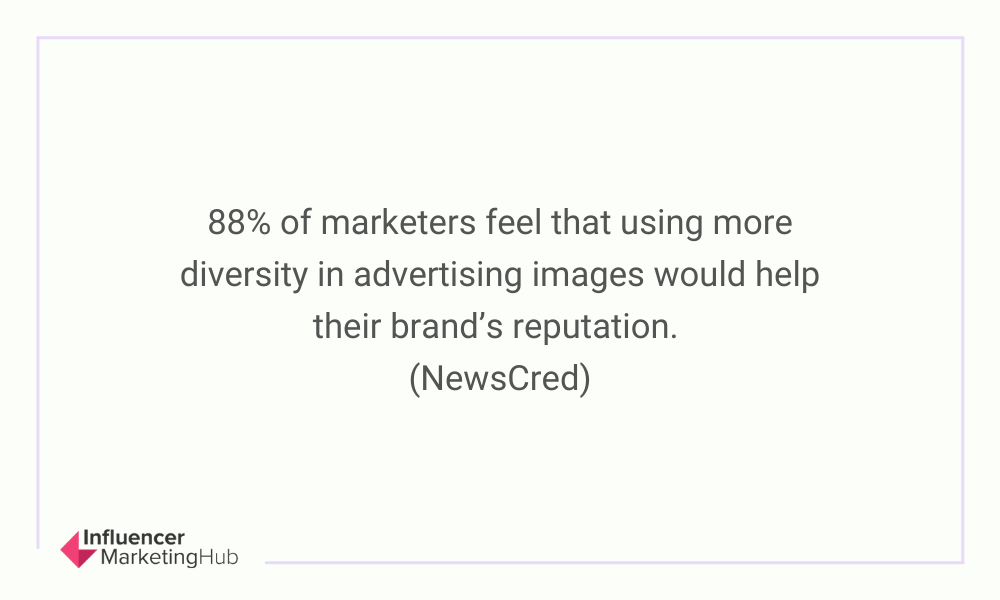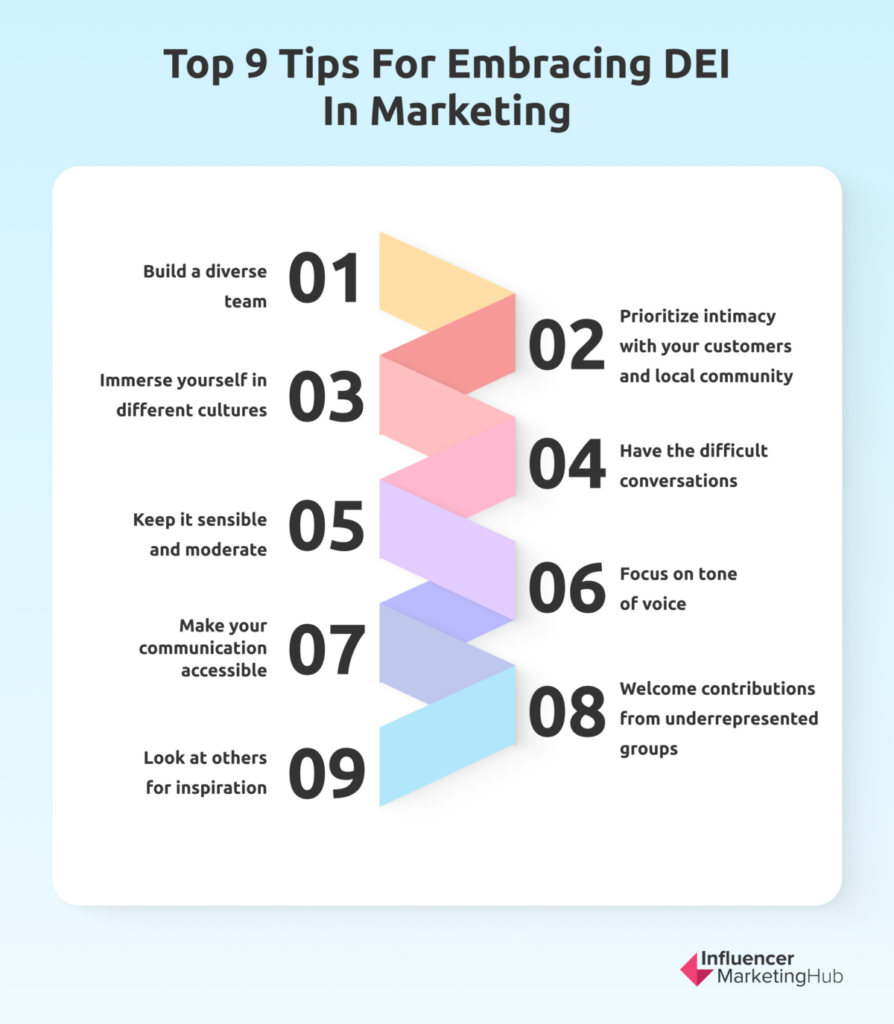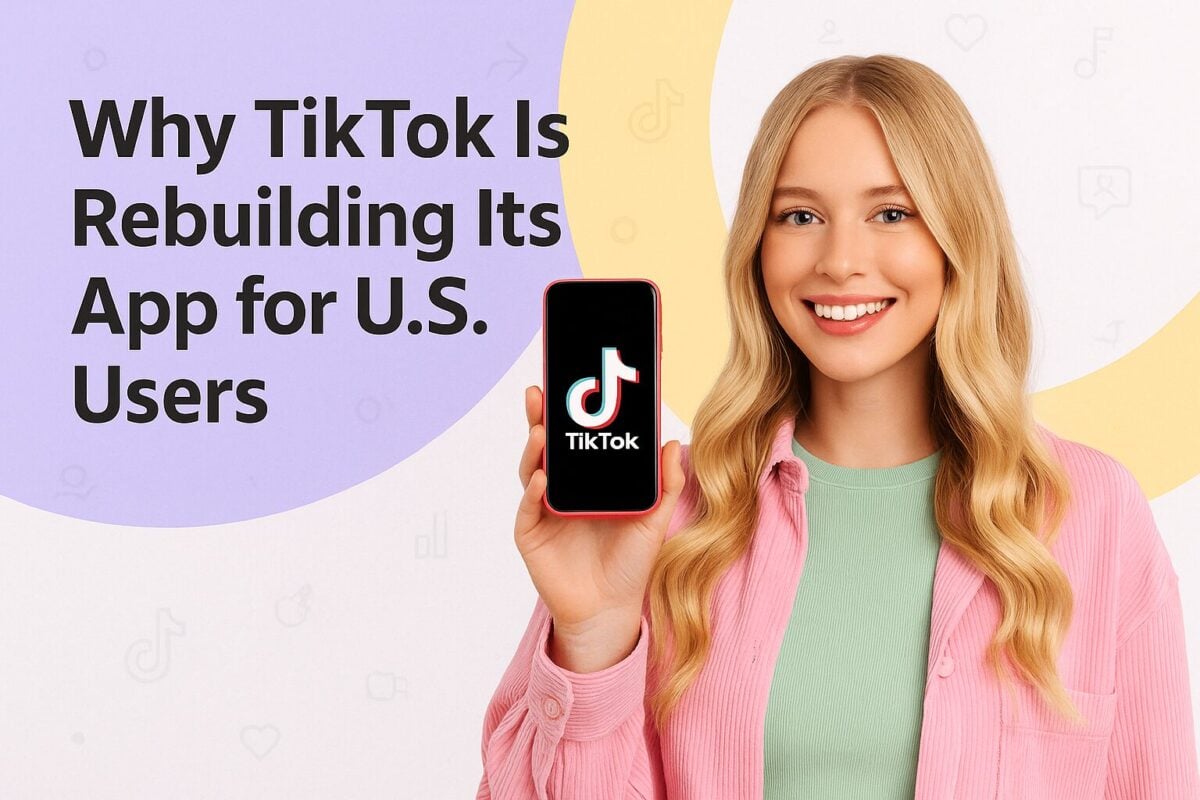Diversity, equity and inclusions (DEI) are becoming more important to consumers. A research report conducted by Adobe in 2019 revealed that for 61% of Americans, diversity in marketing is crucial. Not only that, 38% of consumers are more inclined to trust brands that effectively embrace diversity in their advertising.
Yet, advertising still does not accurately portray the way communities really look. According to a study completed by NewsCred, more than 90% of marketers feel that more can still be done regarding how diversity is portrayed in their marketing content.
The need for more diversity, equity, and inclusion in the marketing sector has been a concern and talking point for years. Though, 2020 was hopefully the tipping point with the Black Lives Matter movement drawing new attention and creating a stronger urge to stop paying lip service and create real change.
With regards to marketing, there are many ways in which you can promote DEI. Whether it is simply to ensure that your emails are accessible or a more big scale operation to address social injustices such as racial inequality, it is key that brands start to change the way they market.

Diversity equity Inclusion in business
What Is DEI?
Diversity, equity, and inclusion (DEI) is about creating an environment where everyone feels invited and is given the opportunity to contribute and participate. It requires us to acknowledge how people are different. These differences can include gender, age, race, sexual orientation, social economic status, and ability. It also means that we must also acknowledge the systems that have caused division and oppression and create new ones that allow equal participation by all. Download our latest report to read all about diversity, equity & inclusion (DEI) in influencer Marketing.
Why Does DEI in Marketing Matter?

Diversity in marketing
Consumers’ purchasing choices are more and more based on the values that the brand expresses. The Consumer Culture Report by 5W Public Relations shows that the overwhelming majority of millennials (83%) feel that it is crucial that the brands that they choose to support are in alignment with their values. The founder and CEO of 5W Public Relations, Ronn Torossian, adds that cause marketing is going to grow considerably. The same research found that more than 70% of millennials will pay more for a product if they know that a percentage of the money will be donated to charity.
Research completed by Sprout Social echoed this sentiment. One of their surveys found that 70% of consumers feel that it is important for brands to take a position on political and social issues. Indeed, two thirds of the participants indicated that they have taken an action after seeing an advertisement that they believed to be inclusive or diverse.
These statistics make it clear that concentrating on DEI should be one of your digital marketing strategies for 2021 and the years ahead. Consumers will no longer be able to support brands that they perceive as unethical or passive bystanders.
What Does DEI Look Like in Marketing?

While creating a sense of exclusivity is what helps products to sell, creating a culture of inclusivity is what helps your target audience to connect with your brand. So, how can you tell if your brand and marketing are promoting DEI?
Verna Myers, a cultural change catalyst, influencer and author, eloquently defined diversity and inclusion as, “Diversity is being invited to the party; inclusion is being asked to dance.” Thus, diversity is basically the first step. It's about ensuring that everyone feels like they are invited.
In marketing, it means that your content (images, website, messaging, etc.) reflects everyone and is communicated via a range of mediums to ensure that “the invite” is received by everyone. For instance, if the majority of your images include only one racial group, there is room for improvement.
That said, some consumers face barriers. Whilst they are represented and asked to contribute, it could be that their abilities prevent them from participation and this is where equity comes into the picture.
In marketing, it means that your content and communication must be optimized for those with disabilities. You can achieve this, for example, by optimizing your website for voice search, ensuring that equity is given the attention it deserves.
Tips for Embracing DEI in Marketing
While it is important that change gets initiated at the highest level, the marketing industry has a significant role that it can play too. After all, marketers are well-versed in storytelling and can encourage conversation by sharing the thoughts, beliefs, and feelings of individuals, marginalized communities, and cultures. The following are a few practical ways that you can ensure that DEI gets the attention it needs.

Tips for Embracing DEI in Marketing
1. Build a diverse team
To understand the subtle nuances, it is key that you work with a diverse team of marketers that are inclusive of the customers who form part of your target audience. By having more people who boast a deep understanding of your target audience, you will be better equipped to create content that connects instead of offends.
2. Prioritize intimacy with your customers and local community
Every marketer should have a strong urge and willingness to interact more with their target audience in their natural environment. Whether it is through time, tools or training, ensure that everyone who works on your marketing team has what he/she needs to get to know the audience that they are serving intimately. For example, you can offer your employees paid leave so that they can get involved in community work.
Customer intimacy is also closely associated with investing in your local community. While it is important to get to know your customers, you should also pay attention to the local community. It is only by growing your understanding of the values, needs, and issues of your target audience and local community that you will be able to transform and create an environment that is more inclusive.
3. Immerse yourself in different cultures
If you want to learn about different lifestyles and worldviews, the best approach is to immerse yourself in different cultures for a period of time. It is only by going this extra mile that you can understand the nuances and grow the empathy that is needed to create relevant content.
While it is entirely possible for you to create content for a brand if you are not a member of their target audience, you need to ensure that you have enough cultural intelligence about the target audience that you are serving. In other words, if you want to create highly relevant content, you need to immerse yourself in the world of your target audience. It is only by doing this that you start to understand the point of view and issues that your target audience faces. It is only when you understand your potential customers at a deeper level that you will not fall victim to stereotyping, cultural insensitivity and tone deafness.
4. Have the difficult conversations
While it is great for individual members of your team to get to know the customers, local community, and different cultures, these experiences will become even more valuable once they are shared with the entire marketing team and rest of the company. These conversations can be challenging, but it should be embraced as a chance to redefine values and infuse them into the work that you do. It is only then that your company can really start to grow.
5. Keep it sensible and moderate
While communicating diversity should be a priority, you should guard against coming across as if you are trying too hard. By going overboard, you can easily achieve the opposite result and offend members of your target audience.
6. Focus on tone of voice
When it comes to creating content, your focus should be to create a sense of belonging for all. This means that your content should make everyone feel welcome by speaking to different user types, instead of highlighting how users differ from one another.
To make sure that your text is inclusive, befriend style guides too. The majority of style guides cover topics about diversity and can help you when you are unsure about how to phrase a sentence. It's also worthwhile double-checking that your brand’s own style guide covers a section about language usage to promote diversity, equity, and inclusion.
If you need some inspiration, you can check out the Conscious Style Guide that was created by Karen Yin. Here, you will find plenty of resources to help you write about ethnicity, race, nationality, disability, age, gender, sex, and sexuality.
7. Make your communication accessible
While a lot of the conversation about diversity, equity, and inclusion these days focuses on social injustices, it is important to remember that it also refers to ability. So, ensure that everyone can read your emails and website irrespective of their abilities.
8. Welcome contributions from underrepresented groups
If your campaigns turn a blind eye to diversity, the consequence will be that some audiences will feel neglected (even if this was never your intention). So, if you work with content contributors or influencers, it will be important for you to collaborate with others who might not form part of your usual network. You can also encourage your company to work more often with minority influencers and freelancers from underrepresented and marginalized groups. This will help your target audience feel like they are actually being seen. After all, there are many rich cultures that have countless untold stories that will help others to feel understood and valued.
9. Look at others for inspiration
While challenging, DEI can (and should) be implemented effectively in marketing. If you get stuck, there are many brands that have managed to address change in their marketing campaigns and companies. So, look beyond your own brand and see what others have done with their campaigns.
Wrapping Things Up
To get to know your target audience intimately requires dedication, time, and resources. It will not happen overnight. As a matter of fact, you might even lose a couple of customers who are in disagreement with the “new” values that you start to emphasize.
However, the benefits far outweigh the investment required. By ensuring that your marketing promotes DEI, your brand becomes more trustworthy and its following of loyal customers bigger
More importantly, if you get it wrong, it's a public relations mess. Ads need to be pulled. Apologies need to be written. Customers are lost.
At the end of the day, it's good for business and even better for society. The communities that we serve are not homogenous. The marketing material that we create should be an accurate reflection of that world. While challenging, it is crucial that we are in constant conversation with one another and learn more about different points of view so that we can change the way we market and interact.


